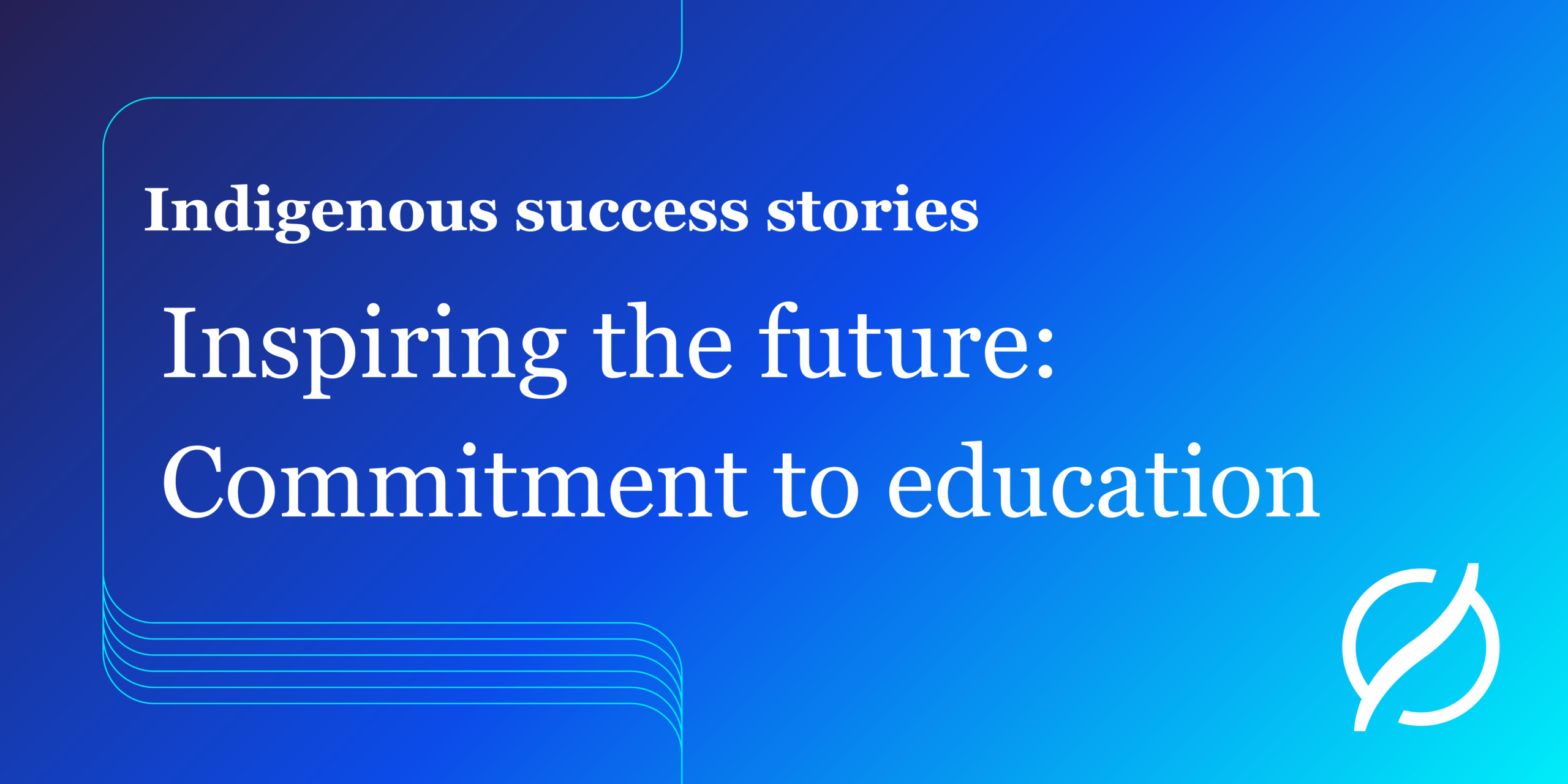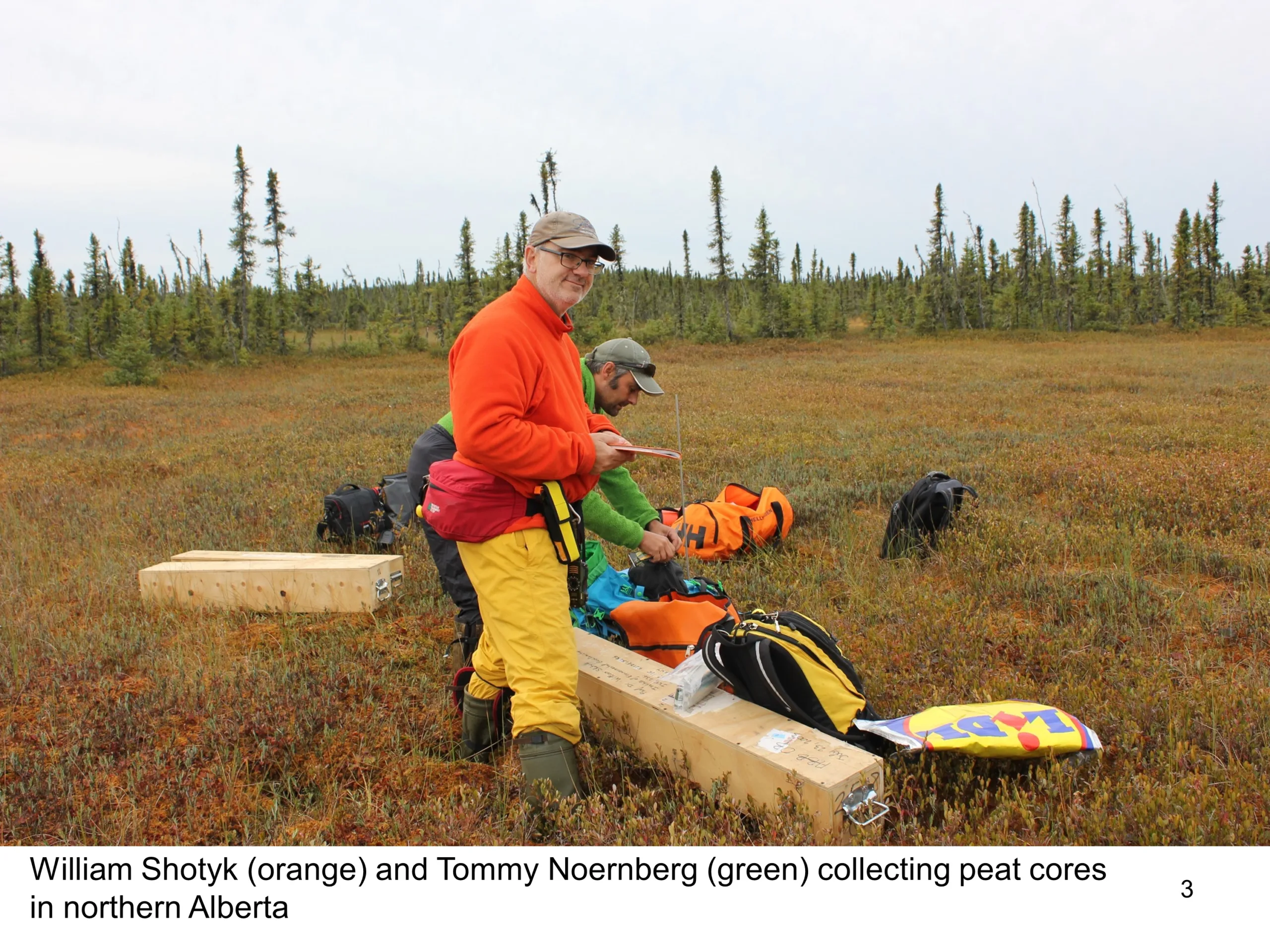What Does It Take For New Forests To Grow?

Efforts by Canada’s oil sands industry to lessen its environmental footprint have resulted in globally significant work to reduce impacts to air, water and land and support biodiversity in Alberta’s boreal forest.
The industry aspires to be a world leader in environmental management.
Here’s one example of the work underway by Pathways Alliance companies: reclamation.
What does it take for new forests to grow?
Ecologist Simon Landhäusser has spent his career exploring difficult questions on how forests recover naturally from disturbance and how to best reclaim land that’s been disturbed by human activity. His focus has been on how well a newly-planted forest establishes and develops over time. “When it comes to reclamation, we want to know whether these forests are resilient enough to recover from future fires, windstorms and other disturbances,” says Landhäusser, a professor in the Department of Renewable Resources.
“To do that, we have to understand factors such as how well the trees establish and grow, how they use available water and other resources, and how they regenerate if there is a drought or other natural disturbance. If these trees and forests are not resilient to these events, we might be wasting our time, effort, and money on reclamation, as we would have to re-establish these forests from scratch.”
These are important questions for the oil sands industry, especially the mining sector, which invests millions of dollars in reclaiming land disturbed by operations. It’s a regulatory requirement for producers to return disturbed land to self-sustaining natural habitat, but Pathways Alliance members are working to exceed those standards and find more efficient ways to achieve reclamation goals. Best practices such as good quality seedlings guarantee enhanced survival rates and with that improve their chances of growing into mature trees and forests.
Bringing bright minds together
Large academic research programs such as the NSERC/COSIA/TransAlta Industrial Research Chair in Forest Land Reclamation, which Landhäusser heads at the University of Alberta, are critical to these efforts. They bring together specialists from different disciplines – soil scientists, chemists, hydrologists, engineers and others – to conduct the underlying science. “Nobody knows everything, so you need to find the people with particular expertise to help,” Landhäusser says. A better understanding of the problem will point to potential solutions and can lead to strategies for success. But this kind of foundational research takes time to translate into practical, on-the-ground reclamation techniques. Years in fact.
The reclamation research program preceded the establishment of COSIA, the innovation arm of Pathways Alliance, but Pathways Alliance members have been close partners in Landhäusser’s research efforts – and formally supported the chair program – for the last 11 years. They provided sites for outdoor field work and offered student opportunities to train the next generation for jobs in industry, consulting companies, government, academia, and non-governmental organizations. More than 50 undergraduate and graduate students have passed through the program in the last five years alone.
“This chair is a true collaboration. Industry has been very involved right from the beginning,” Landhäusser notes. “Pathways Alliance members and other partners understood that we had to do basic research first to answer our practical questions. In reclamation, it’s never a simple ‘yes’ or ‘no’ answer. When you’re dealing with ecosystems, you need to do research over several years to understand the results, as the research has to cycle through a number of growing seasons.”
Years of basic science
When the chair program launched in 2009, research centred on trembling aspen, an important boreal tree species in the oil sands region. At that time, little was known about what was required for aspen seedlings to thrive and quickly establish and develop a forest canopy, so companies were reluctant to plant them.
Landhäusser is one of a handful of specialists in aspen ecology and under his direction, the program was able to answer questions such as: What does a seedling need to look like when it comes from the nursery? Where and when is the best way to plant it? Does it need fertilizer to become established or can we produce seedlings that need no fertilizer?
Great progress was made in developing better quality aspen seedlings and the survival success rate has now significantly increased on reclaimed sites. After the first five years, the program had developed growing protocols for trembling aspen that are now used at tree nurseries across Canada.
Creating a resilient ecosystem
“My goal for new forests is that they become as natural as possible with a well-established, diverse understory,” Landhäusser explains. “Success to me is a fully functioning, resilient forest with well-established carbon, nutrient and water cycles, which support animals and people, such as flowers for pollinators, berries for bears and others, and seeds for food and regeneration.”
“It’s really about translating research into the real world and delivering science that will inform reclamation practices to deliver the best possible outcomes,” he adds. That is why the oil sands industry gets excited about large, multi-faceted research programs like these. It puts them at the top of their game and sets them up for future reclamation success.
“The boreal forest is a complex ecosystem and our long-term academic research programs help to provide the foundational science that informs reclamation practices in this region,” says Jack O’Neill, COSIA’s Land Director. “Pathways Alliance members strive to develop the oil sands sustainably and ensure the boreal forest will remain a healthy, functioning ecosystem for generations to come.”
Learn more about the efforts of Pathways Alliance members to advance responsible development of the oil sands industry.


